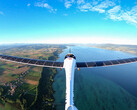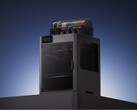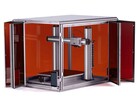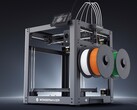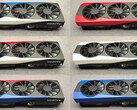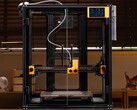It’s no secret that 3D printing has come a long way. Whether it is 3D printed plastic, resin, or even stronger materials like concrete or steel, this technology has showed its advantages over standard manufacturing processes. Taking 3D printing to an even higher level, literally, is a Chinese company that recently successfully completed its test flight using a 3D printed micro turbojet engine.
As reported by Global Times, Aero Engine Corporation of China (AECC) designed and produced a 3D printed micro turbojet engine, the first of its kind, and completed its first test flight in the Inner Mongolia Autonomous Region. The engine was able to achieve a thrust level of 160 kg as it reached a maximum altitude of 4,000 meters or just over 13,100 feet.
Of course, this is much lower than the standard flight altitude of commercial planes than hover around 30,000 to 40,000 feet. But for smaller planes, a flight altitude of 5,000 to 10,000 feet is typical. Regardless, the 3D printed micro turbojet engine illustrated the advancements in additive manufacturing technology, as well as a revolutionary integration with aviation engine design.
With 3D printing, AECC was able to significantly reduce the weight of the engine and the successful test showcased the engine's reliability and stability under real flight conditions. The organization did perform all the critical ground tests before the maiden flight. This will lay the foundation for more advanced aviation engines.
It should be noted that the AECC did not share details on what material or how much of the engine was 3D printed. It could be that not the entire engine, but some key components were 3D printed. It is also unclear what kind of 3D printers were used in this process. But, seeing as how the first test run was so successful, we should see more development and research into 3D printing and aviation, especially out of China.









